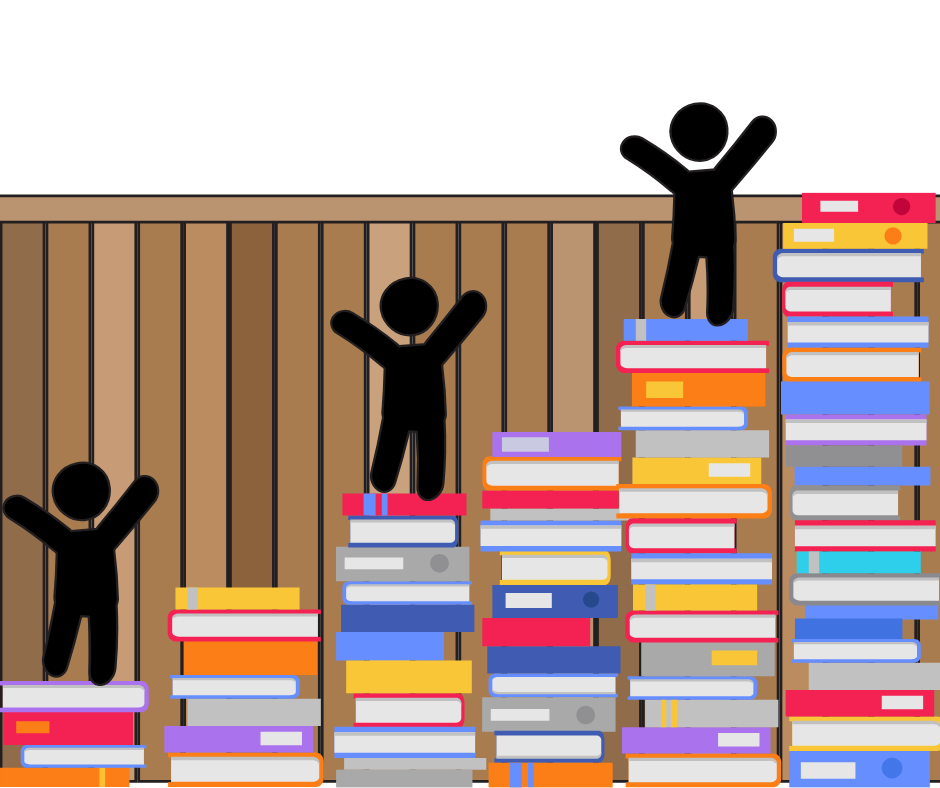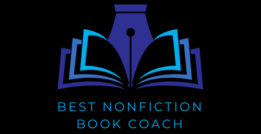
When writing a nonfiction book, writing for your audience’s level of expertise is essential. Beginners and advanced readers have vastly different needs, expectations, and knowledge levels. Tailoring your content appropriately ensures your book resonates and provides maximum value. Here’s how to write effectively for each audience and, when necessary, balance both. This post assumes that identifying your target audience has already taken place. If not, please read that post first and come back here.
Why Knowing Your Audience’s Level Matters
- It aligns with reader expectations. Beginners look for clear, accessible explanations, while advanced readers expect depth and sophisticated insights. Meeting these expectations builds trust and keeps readers engaged.
- Your book’s usability is enhanced. A book tailored to its audience is more likely to be actionable, memorable, and impactful. This increases its value and helps establish your credibility as an author.
- Reader satisfaction increases. When readers feel understood, they’re more likely to recommend your book, leave positive reviews, and seek out your other work.
Writing for Beginners
Avoiding Jargon
Beginners can feel alienated by technical language. Jargon could be beyond your audience’s level. If you need to use specific terms, define them clearly and provide examples. Instead of writing, “SEO leverages SERPs to increase CTR,” you might try: “Search engine optimization (SEO) helps websites rank higher on search engines, increasing the chances that people will click on your link.”
Context
Beginners need the “why” as much as the “how.” Explain the reasoning behind your advice to help them understand the big picture. If you are teaching time management, start with why it matters: “Effective time management can reduce stress and help you achieve your goals faster.”
Step-by-Step Instructions
Break complex processes into smaller, manageable steps. Numbered lists and checklists can make your advice more actionable.
Relatable Examples
Use analogies and stories that align with your audience’s level of understanding and everyday experiences to make abstract concepts more tangible. Explaining cash flow to a beginner might look like this: “Think of cash flow like water in a bucket—it’s about balancing what comes in with what goes out.”
Writing for Advanced Readers
Baseline of Knowledge
Advanced readers don’t need foundational explanations. Dive straight into deeper insights, innovative ideas, or cutting-edge research.
“This is a calorie deficit, which is when you consume fewer calories than you burn,” is too simple. To match your audience’s level of experience, you might try: “Recent studies reveal how intermittent fasting optimizes calorie deficits for long-term metabolic health.”
Their Thinking
Offer perspectives or strategies that provoke thought and encourage readers to rethink existing beliefs. Advanced readers appreciate being pushed intellectually.
Case Studies and Data
Advanced readers often seek validation for your ideas. Use detailed case studies, research findings, or statistical analysis to provide evidence befitting your audience’s level.
Application
Advanced readers value actionable content that’s tailored to their level of expertise. Present them with frameworks, strategies, or tools they can immediately apply.
Balancing Mixed Audiences
Divide content according to your audience’s level of understanding.
Use sections or chapters clearly labeled as “Basics” and “Advanced.” This allows readers to skip or focus on the sections most relevant to them.
Use sidebars for additional context.
Add “Beginner’s Notes” or “Advanced Insights” in sidebars or callout boxes to cater to both audiences without interrupting the flow of your writing.
Include supplemental resources.
Offer extras like glossaries for beginners or appendices with advanced data. This keeps the main content streamlined while providing value to all readers.
Tips for Engaging Both Beginners and Advanced Readers
Make it relatable.
Use relatable scenarios for beginners and expert insights for advanced readers. For example, in a book about personal finance, it can look like this:
Beginner: “Start by tracking every expense for a week to understand your spending habits.”
Advanced: “Analyze your investment portfolio for asset allocation imbalances.”
Test your content with beta readers.
Gather feedback from both beginners and advanced readers. Their insights can help you refine your approach and strike the right balance.
Layer complexity gradually.
Start with simpler concepts and gradually build up to more advanced material. This keeps beginners engaged while still delivering value to advanced readers.
FAQ on Writing for Your Audience’s Level
Q: Can I write for both audiences in one book?
A: Yes, but it requires careful planning. Use clear labels, supplemental resources, and a layered approach to balance the needs of both groups.
Q: How do I avoid overwhelming beginners while still engaging experts?
A: Focus on the essentials for beginners and provide additional depth through sidebars, appendices, or supplemental materials for advanced readers. This will help you address your audience’s level effectively.
Q: Should I write separate books for different audiences?
A: If your topic has broad appeal and you have the time and resources, writing separate books can better address the specific needs of each audience.
Final Thoughts
Understanding whether you’re writing for beginners or advanced readers is crucial to creating a book that resonates. Writing for a general audience reguires a different approach than if you’re writing for professionals, By tailoring your tone, examples, and depth of content to your audience’s level, you can deliver value, engage readers, and ensure your book meets their expectations.
Call to Action
If you haven’t decided what to write your book about yet, read How to Get the Best Nonfiction Book Idea.
Not sure how to tailor your book for your audience? Schedule a consultation today, and let’s create a book that speaks directly to your readers. Ghostwriter Kent Sanders also helps people with this.
